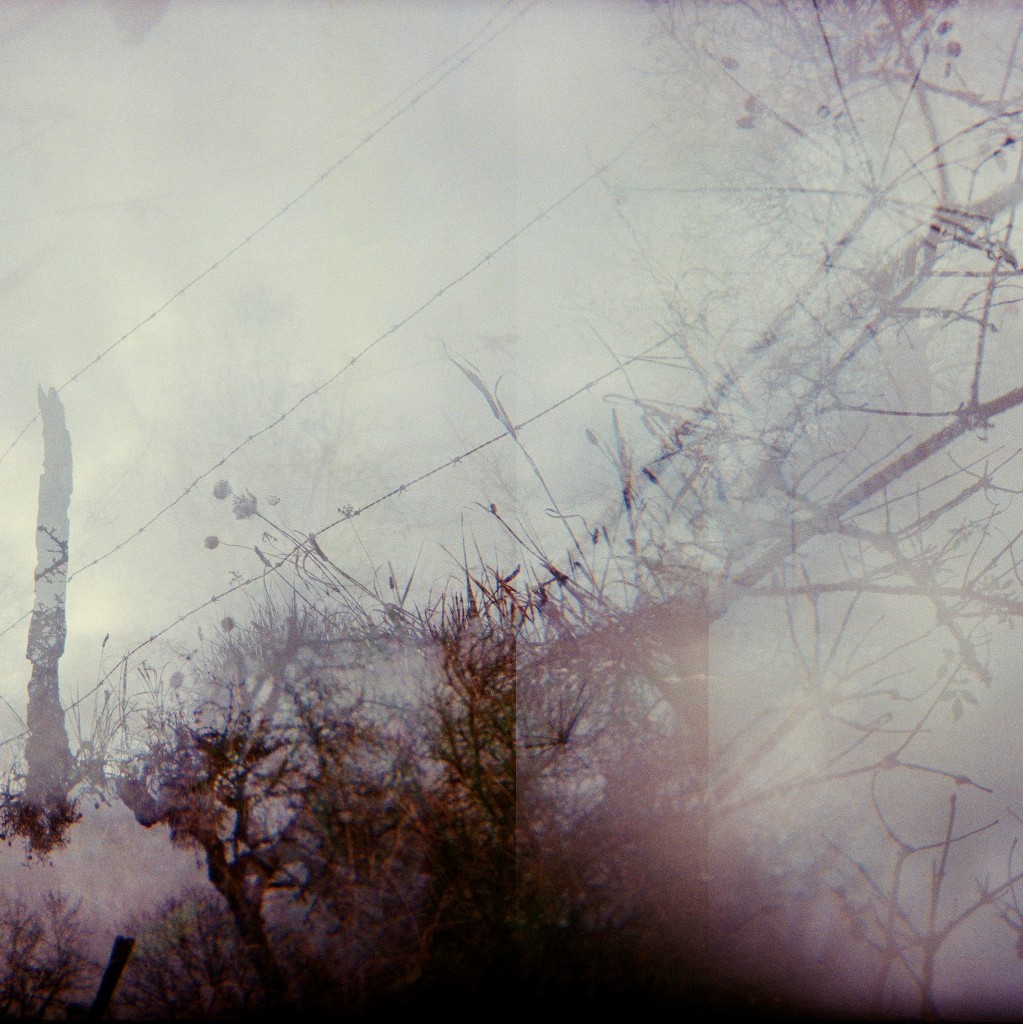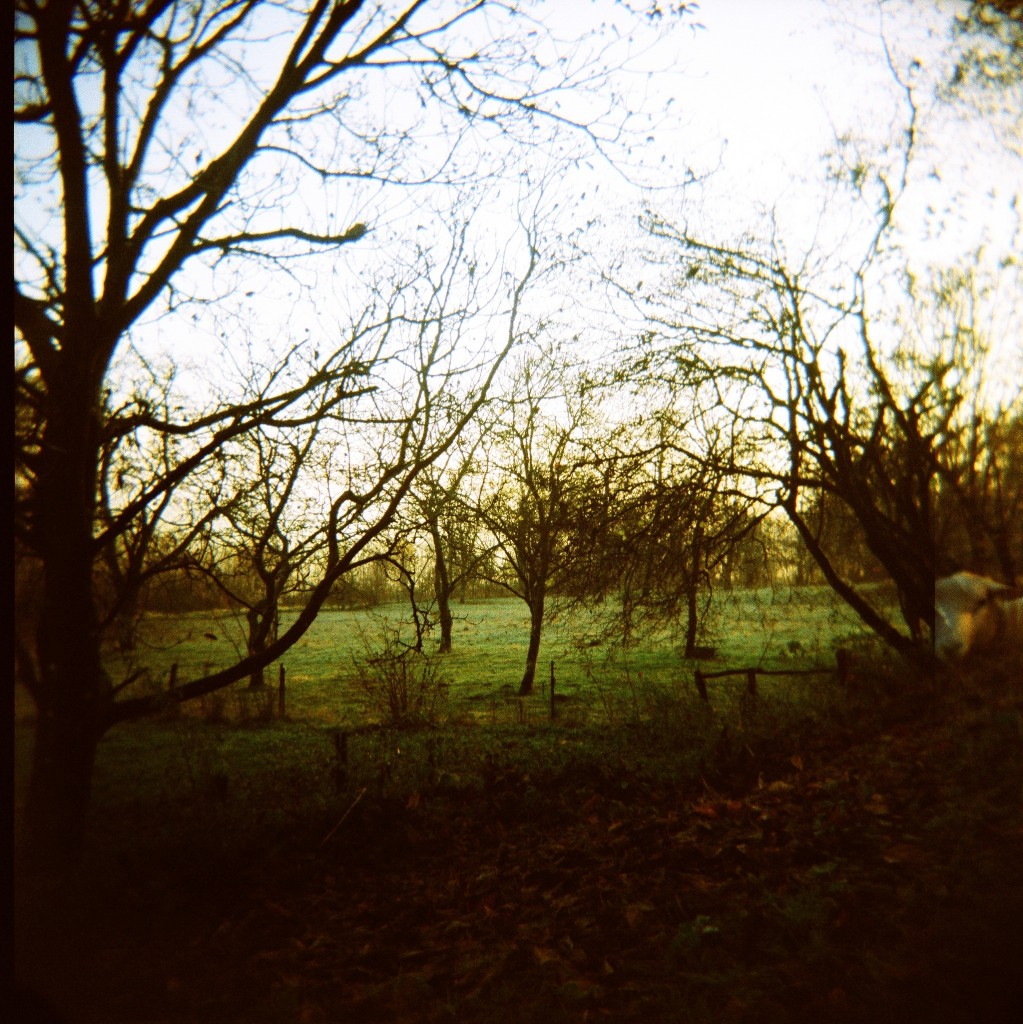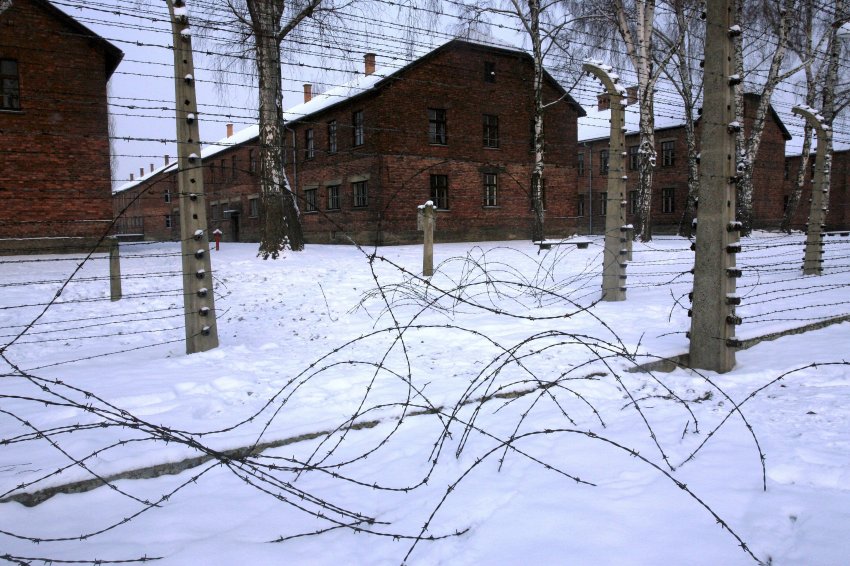December 25, 2009

in-process DETAIL FROM "CITY OF MOTHS" PROJECT from Vosges, in eastern France near Strasbourg.
Stalking hedgerows – like a fox, I’ve been skirting fields, stalking stalks of corn, looking for trespassing signs, hunting signs, signs of life, secrets of history within the wires.
The hedgerow is a lovely spot. The intergenerational swap meet of cultivated land: rusted horseshoes, broken tillers, jawbone of a horse, mock oranges, arrowheads, abandoned thermoses, even tombstones. A repository for the dislocated.
The fencerow is also a cafe of sorts between thoroughfares as animals hunker down for a bit of shelter and chat between dashes across the fields.
A fence – designed as a barrier to restrict movement – can sometimes make movement possible. In a demented kind of way.
As summer lapsed into autumn and my travels continued throughout hunting season in the Northern Hemisphere, I listened to the bullets fly through the forests of Virginia and Wyoming, and then across the hills of Germany and France.
Hunters in the hedgerows, hustling up something to kill.
Within the narrow strips of brush – seeking safe haven from the gunfire – a shivering thrall of animal life hiding in the brush, then trying to escape out of the brush.
Where the promised land becomes a prison. Wires, where wild things seem to end up in this suddenly manicured world.
In France, the open expanse of ancient fields, with the scrub line of post and wire a halfway house for a mouse, taking a break from the kestrel’s eye, only to catch himself on a bit of cat claw.
But of course it’s also a mix of predators gathered along the fenceposts. The hawk and the weasel. The lynx and the locust. Or the gestapo with a guard tower.
An altered landscape, requiring altered strategies for freedom and control.

What a lovely French hedgerow! And look whose sweet furry head is tucked in there at the left, peeking into the shutter?
Rocks here that aren’t elsewhere – pulled up from the fields for generations – in France, two thousand years of stones painstakingly dragged from the agricultural fields. Or piled in collapsed cairns, relics of the old stone walls that wire replaced. These are the survivors, the Mother Stones.
I remember growing up in Tennessee along the stone walls of Europe, of Africa. None of the area tribes had left traces of fences: did they dismiss the practice from their schematics of the planet? Because the Irish came and great stacks of stones must have risen up with joy or fear to see them. The Celts, the cairn builders, the Masons, the walkers along the Giant’s Causeway. To place on top of a grave. To build a home. To pray. And of course one must have somewhere to sit when you can’t stand from the whiskey any more (Jack Daniel’s Distillery a hop and a skip and a jump away). The Africans made to build these Dublin walls. So shocking to me, a little child, these walls. Like some great snake slithered over from the old country, polluting this beautiful land with its lovely skin, and its ancient, sinister ways of separating us one from the other.
Rocks, the bones of the earth. Fragments broken off the femur of the globe, sticking up through the cracked and broken skin of the soil. Reminding us.
I like assembling photographs along fencerows – and just lying down alongside them for a close-up study – because there’s a different strata of plantlife. The soil isn’t tilled, isn’t mowed, and seeds are snagged along the obstruction. Wind comes here to rest, and whisper its secrets to the stalks of ragweed, who bend low in a transference of emotion. The weight of what the wind has witnessed.
The hedgerow, quiet memorial to the force of gravity. Twining vines get a grow-hold.
The plant life of the hedgerow pays homage to cycles more natural than human-planted seed. Weeds and outlier vegetation. Turns out most farmers don’t want to pay to spray pesticide on fencerows, so there are weeds there you won’t find in a field. This is where I look for thistles. The thistle project is a favorite, although it’s dispatched many layers of my skin, along with the cactus project. Another kind of fence. Strands of my DNA, microscopic, catching microscopic debris themselves, like the spiral of razor wire, perhaps.
There are thistles and cactuses all over the world with little bits of me caught upon them.
Fences are where we leave our trace.
How we trace our lines upon the land. How we make our mark.
Fences snag. They drag a net along the earth, and things are caught. Like at Auschwitz, where this week the world witnessed the astounding spectacle of the “hedgerow” at the concentration camp, a fence built to contain, to allow for only one-way traffic. And now, a reversal – hunters going the wrong direction. What a surprise it must have been to the fence – perhaps too astonished by the irony to perform an opposite function. They hauled out the sign with ease.
Hustlers in the hedgerow, predators at the hunt once again.

